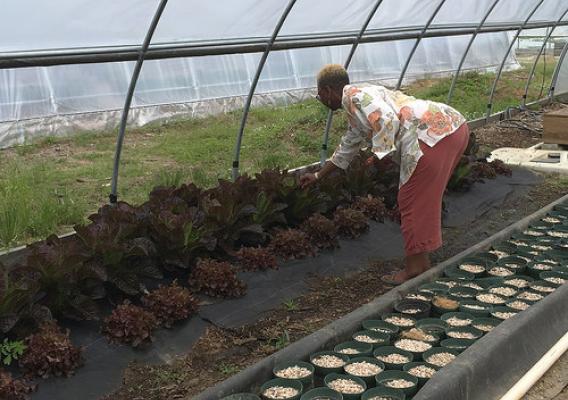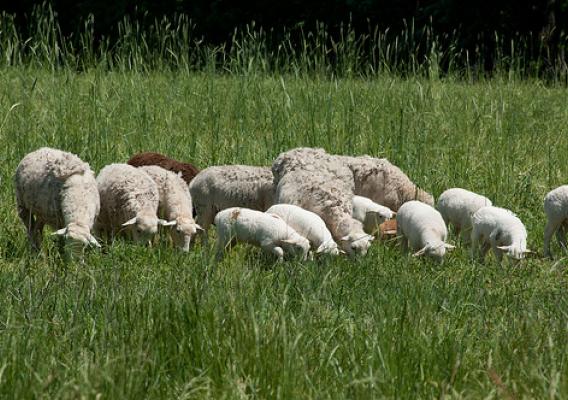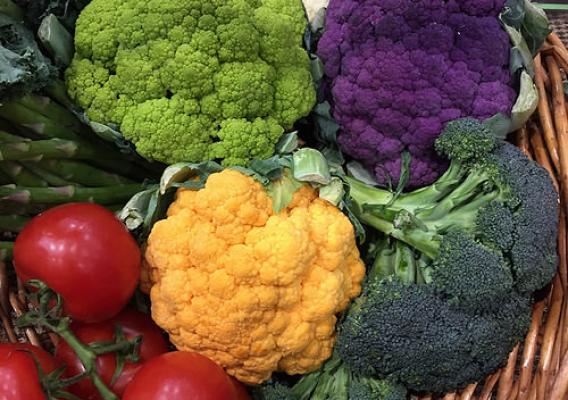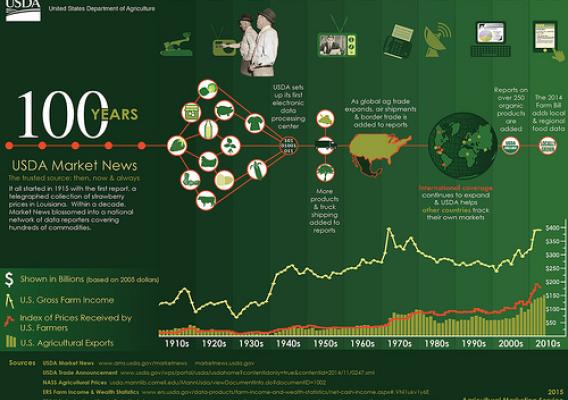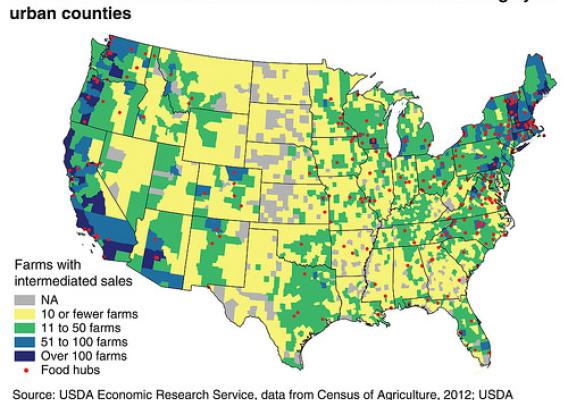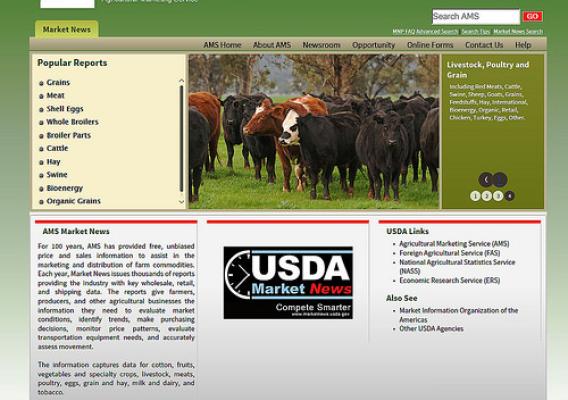This post is part of the Science Tuesday feature series on the USDA blog. Check back each week as we showcase stories and news from USDA’s rich science and research portfolio.
American consumers are enjoying increasingly more opportunities to buy food directly from farmers and to patronize grocery stores and restaurants that offer local foods. Policymakers have taken notice, and as part of Congress’s FY14 Appropriations Bill, the House Agriculture Committee asked the Economic Research Service (ERS) to report on the scope of local and regional food systems and recent national trends. The result - Trends in U.S. Local and Regional Food Systems: Report to Congress - details the latest economic information on local food producers and consumers, and reviews policies supporting local food systems.
The ERS report poses questions like how rapidly direct-to-consumer farm sales are growing, some characteristics of local-food farms, and the level of organic farm participation in local food sales. It addresses consumer issues such as willingness to pay premium prices for some local foods, and how local food prices compare with those at retail outlets.

